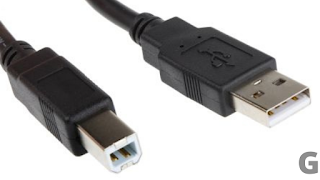Best Fusion Splicer On The Market
Fusion splicing in many instances is a preferred method of terminating optical fiber. These versatile devices are used for repairing broken fiber, attaching connectorized pigtails, fusion splicing fiber to fiber extensions in long haul applications and terminating fiber with Splice On Connectors (SOC's). Today's best Fusion Splicers are more affordable than ever. The use of optical wires has reduced the vulnerability and the risk of accidents as they are generally positioned underground. With the use of optical wires increasing every day the use of Best Fusion splicers for splicing fiber optic cable has also increased and is considered one of the best optical wire splicing techniques.
You will have confusion in your mind on how to choose the right splicing machine for fiber optic cable? Who makes the best fusion splicer?What kind of splicer are you going to use to obtain a high-quality splice?
Why does choosing the right Fusion Splicer matter?
Fusion Splicers have a built-in integrated system of internal processors, motors, and microprocessors that dictate the correct alignment of fibers. But Fusion Splicers have different ways of aligning fibers during fusion – a difference that can impact alignment precision and splicing performance. If you don’t get the correct alignment, you’re going to have fiber optic losses which will be an impediment to data transmission at the point of the fusion splice. So you have to pick the right splicer to fuse any two fibers so precisely that light travels through the medium with as close to zero loss as possible.
Multicom Fusion Splicers use the State-of-the-Art Core-to-Core Fiber Profile Alignment System (PAS), to melt two optical fibers together at their end faces. The resulting joint, or fusion splice, permanently joins the two glass fibers end to end so that optical light signals can pass flawlessly from one fiber into the other with as close to zero loss as possible. Fusion Splicers come with a multitude of components that affect the speed at which they work, the quality of the final splice, as well as how long they can be used in the field before charging the battery and general maintenance.
How does a Fusion Splicer work?
Before optical fibers can be successfully fusion-spliced, they need to be carefully stripped of their outer jackets and polymer coating, thoroughly cleaned, and then precisely cleaved to form smooth, perpendicular end faces. Once all of this has been completed, each fiber is placed into a holder in the splicer’s enclosure. From this point on, the fiber optic fusion splicer takes over the rest of the process which includes alignment, burn-off, and the actual fusion.
Top 10 Fusion Splicer :
Komshine GX39 Fusion Splicer FTTH Optical Splicing Machine with Cleaver
Fujikura New Model FSM-62S+ Welding Fusion Splicer with CT-08 Cleaver and other accessories.



Comments
Post a Comment